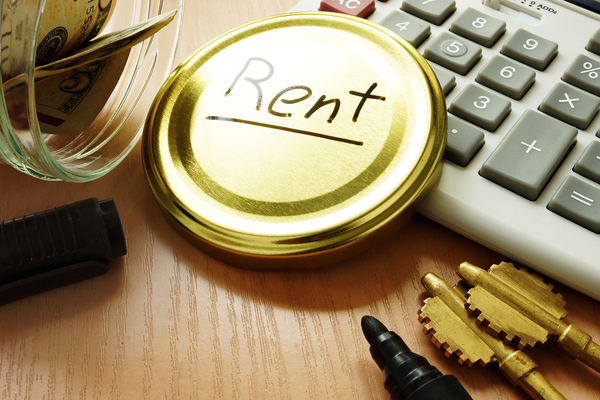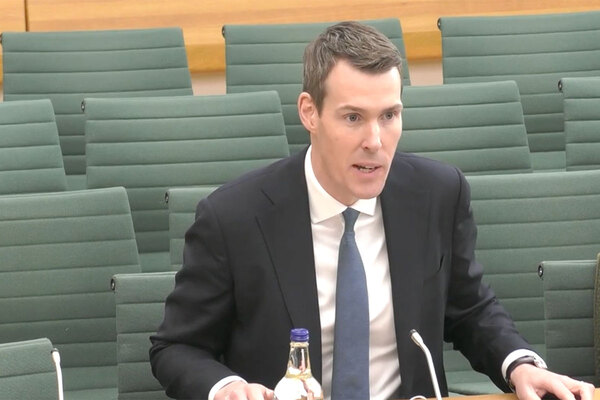You are viewing 1 of your 1 free articles
The CPI+1% rent settlement: sector reactions
The government last week announced a post-2020 inflation-linked rent settlement. Inside Housing reflects on what it all means, with the help of some sector experts. Illustration by Parko Polo
The welfare expert’s view
The new rent deal is causing concern for some in the sector who foresee a problem with rising rents in a landscape where housing benefit will be capped at Local Housing Allowance (LHA) levels.
LHA rates will be frozen at their 2016 levels until 2020, and will be used to cap housing benefit from April 2019. There are fears that this will leave some of those tenants reliant on benefits with shortfalls when providers start raising rents by the Consumer Price Index (CPI) plus 1% from 2020 onwards.
While in many areas social rents are a long way below LHA, in others they aren’t – and four years of inflation-busting rises could force this gap even wider, leaving tenants reliant on benefits without enough money to cover their rents.
Equally, stagnant incomes may leave tenants struggling to cope with the demands of raised rents.
Melanie Rees, head of policy at the Chartered Institute of Housing, said: “It is positive news for housing providers both to build new homes and invest in existing homes, but we’re a little bit concerned about inflation-linked increases at a time when wages [and benefits] are not increasing.”
If this gap does open up, associations and councils will be forced to choose whether to limit increases where tenants can’t pay, or refuse to let homes to those who can’t afford the higher rents.
The development director’s view
The aim of the rent settlement, on the side of government, was to stimulate as much building as possible. Jerome Geoghegan, development director at L&Q, London’s largest housing association, tells Inside Housing it’s too early to say for sure that new homes will come directly from the announcement.
Nevertheless, he welcomes the deal on rents, commenting: “It’s good to have some certainty moving forward. It certainly supports that, because we didn’t have that certainty beforehand and therefore that increased certainty on future rents will allow us to continually increase our commitment to future growth.
“You’ve got a positive rent statement and obviously some further government support for more rented housing, so I’d say that combination is undoubtedly a good one.”
The lender’s view
In calling for a fresh rent settlement, housing associations often appealed to difficulties faced in borrowing without long-term certainty over their income. With a new settlement, lenders are cautiously optimistic.
Mark Davie, head of social housing at M&G Investments, welcomes the news, telling Inside Housing: “It’s beneficial for the sector, it’s beneficial for the country, and de facto it will benefit lenders, I hope.”
Sanjay Narbheram, director of housing finance at the Mitsubishi UFJ Financial Group, a relatively new but already significant player in social housing finance, echoes the opinion, commenting: “We’ve been supportive since the rent reduction, but this signals a real change in direction for the government. We’re finally seeing actions to go alongside the words, so it’s a really positive step.”
Howard Webb, director at Capita Asset Services, adds: “Lenders have to see it positively. Most people were betting on CPI flat so CPI+1% is obviously good news. The only cloud on the horizon is what’s going to happen to Universal Credit, to arrears and to debt if rents are increasing at CPI+1%, because benefits aren’t following.”
In 60 seconds: the English social housing rent settlement
Piers Williamson, chief executive of The Housing Finance Corporation, similarly worries about the upcoming LHA cap, which will limit the amount paid in housing benefit. He comments: “We’re still worried that there could be a de-link between effectively what housing associations can charge
and what is paid out of the benefit bill.”
Mr Narbheram also sounds a political note of warning, adding: “Being slightly cynical, we just hope the commitment stays in place, because we’ve had this before with a 10-year rent settlement which disappeared very quickly.”
The tenant’s view
Jenny Osbourne, chief executive of tenant engagement service Tpas, flags the LHA cap as an issue that needs “urgently resolving”. She says: “With income levels stagnating and the bite continuing on welfare reforms and Universal Credit, the gap on affordability will grow.”
Ms Osbourne says a majority of tenants “absolutely support the need for building new social and affordable rent homes and will see this ability of the sector to now do more as good news”.
However, she says with higher rents tenants would have higher expectations for their own homes to be well maintained and safely regulated. She also points out that “many” landlords have cut back on their tenant and community engagement since the 2015 rent cut. She adds: “Tenants will be looking to see how landlords will be truly meeting their social objectives, by not only building new homes but engaging better with their existing tenants and communities.”
Michael Gelling, chair of the Tenants’ and Residents’ Organisations of England, takes a tougher stance, saying rents should be set at a level to “maintain the property” rather than generate surpluses to build new homes.
Mr Gelling questions the argument that the majority of tenants receive housing benefit so any increase in rent will be covered by the government. He says that if a tenant is on housing benefit, but then gets a job which pays less than their benefit, they might find they are unable to afford a rent that has been increasing every year.













